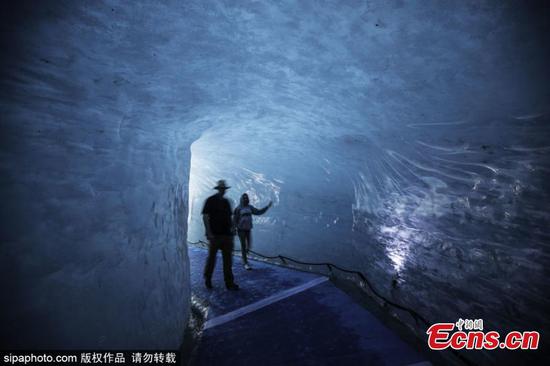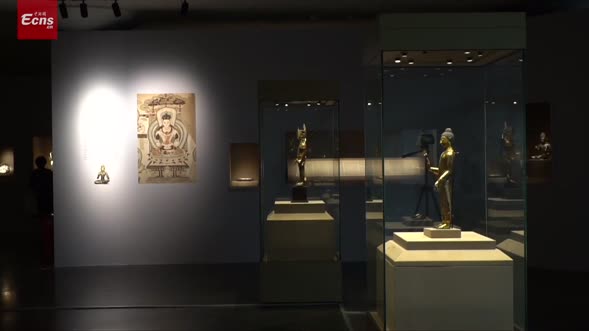China's Liangzhu Archaeological Site was inscribed on the list of World Heritage sites on Saturday by UNESCO's World Heritage Committee during its 43rd session in Baku, the capital of Azerbaijan.
The site, located in Yuhang District in Hangzhou City in China's eastern Zhejiang Province, showcases the civilization of prehistoric rice agriculture between 3,300 B.C. and 2,300 B.C.
It includes archaeological remains and unearthed cultural relics of the Liangzhu Ancient City as well as a wetland environment that covers an area of 908.89 hectares in a plain river network.
The site provides profound and compelling evidence that Chinese civilization started 5,000 years ago, 1,000 years earlier than previously thought, according to Colin Renfrew, a retired professor of archaeology at the University of Cambridge and a fellow of the British Academy.
The World Heritage Committee, which has been meeting in Baku since June 30, added Liangzhu to the UNESCO list in order to encourage better protection and preservation of the site, which is considered to be of "outstanding universal value" to humanity.
With this new inscription, the World Heritage List now includes 55 properties – 37 cultural, 14 natural and 4 mixed items – across China. Among them are last year's addition Mount Fanjingshan in southwest China's Guizhou Province, and Kulangsu, a historic international settlement that covers an island in Xiamen in southeast China's Fujian Province that was inscribed two years ago.


















































